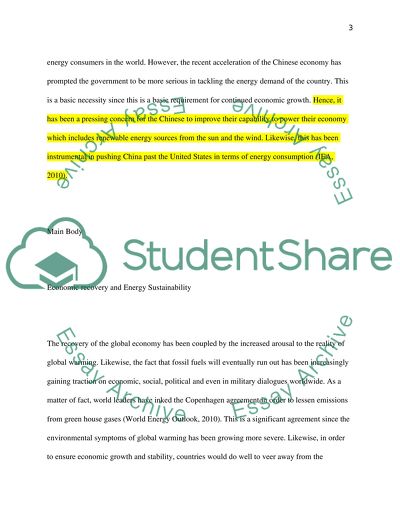Cite this document
(“China's energy technology and how it affects the United States Research Paper”, n.d.)
Retrieved from https://studentshare.org/family-consumer-science/1418786-china-s-energy-technology-and-how-it-affects-the
Retrieved from https://studentshare.org/family-consumer-science/1418786-china-s-energy-technology-and-how-it-affects-the
(China'S Energy Technology and How It Affects the United States Research Paper)
https://studentshare.org/family-consumer-science/1418786-china-s-energy-technology-and-how-it-affects-the.
https://studentshare.org/family-consumer-science/1418786-china-s-energy-technology-and-how-it-affects-the.
“China'S Energy Technology and How It Affects the United States Research Paper”, n.d. https://studentshare.org/family-consumer-science/1418786-china-s-energy-technology-and-how-it-affects-the.


